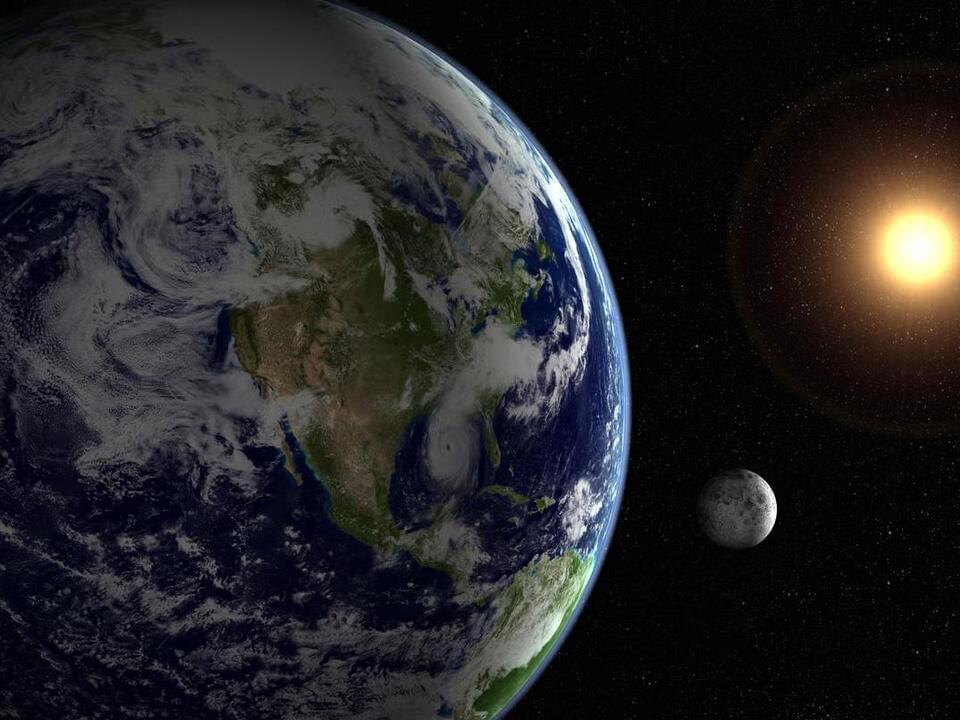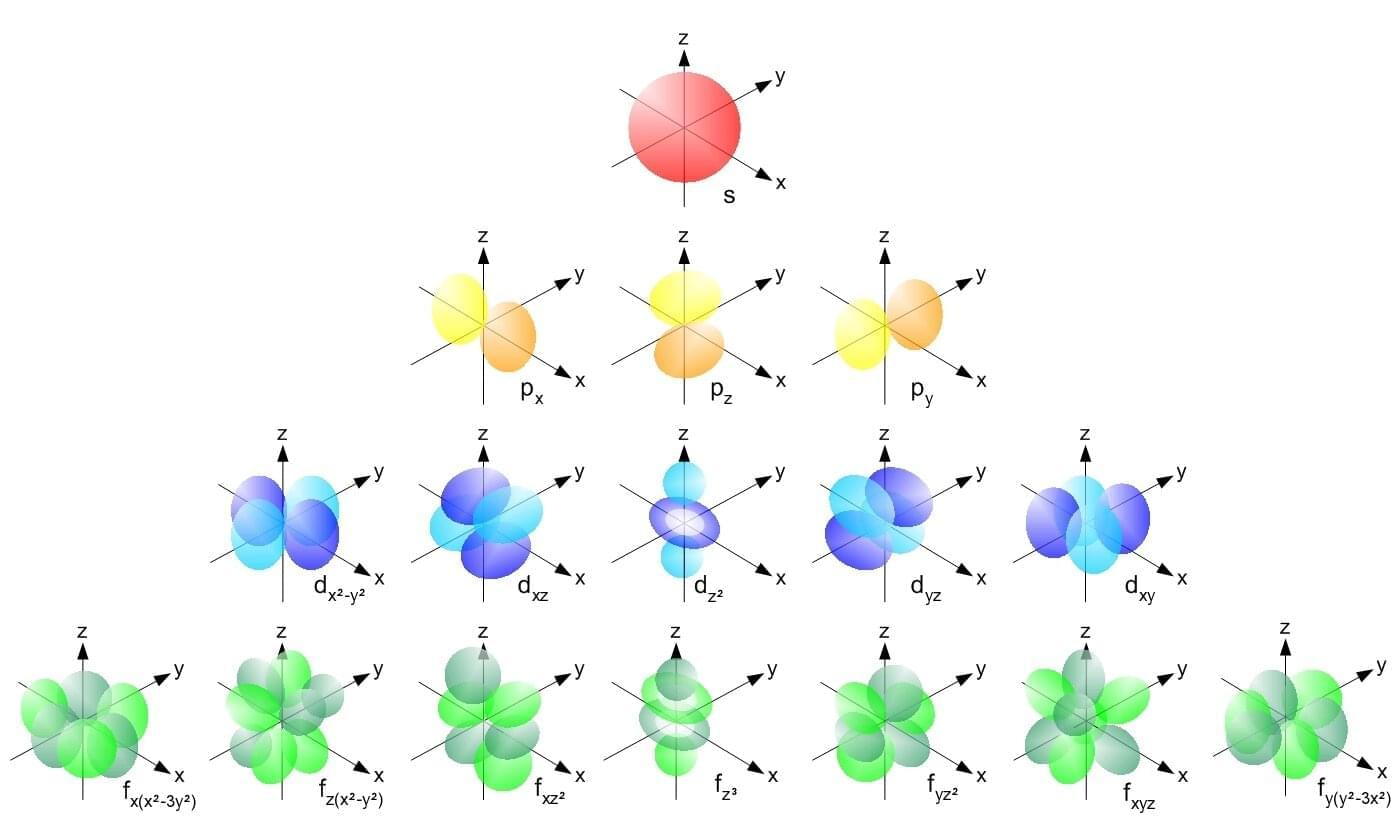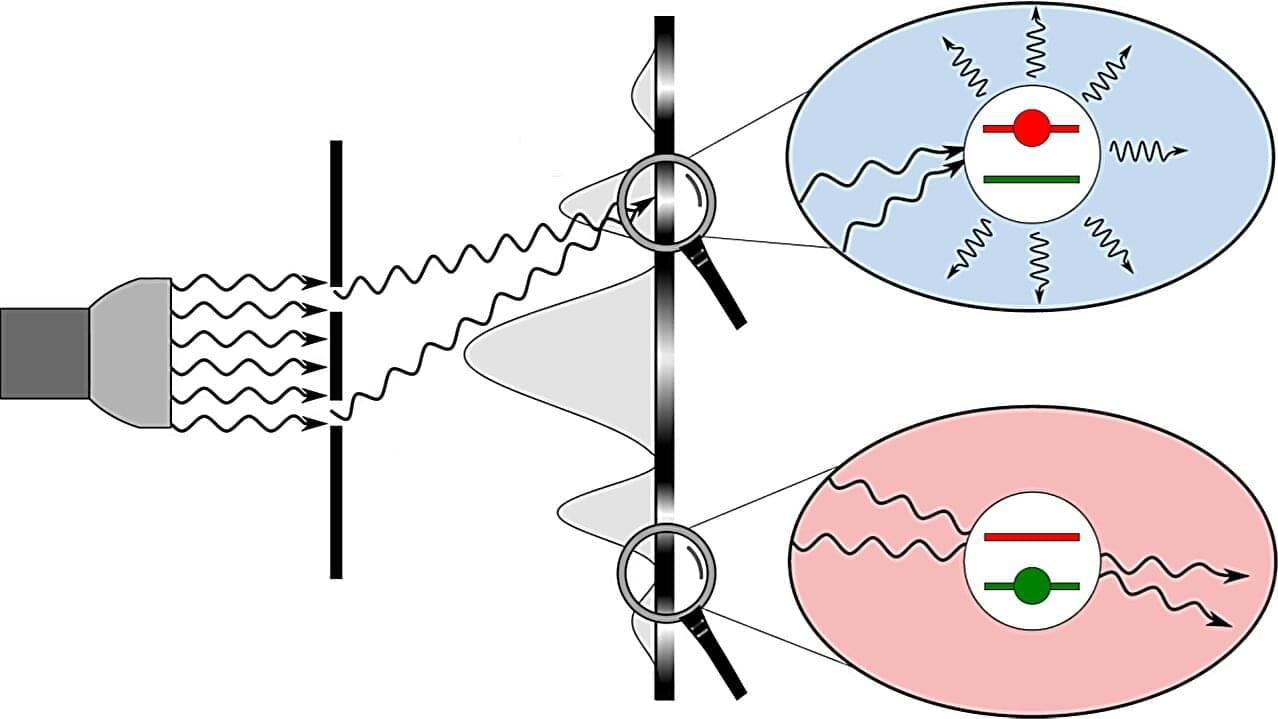British scientists could experiment with techniques to block sunlight as part of a £50 million government funded scheme to combat global warming. The geo-engineering project is set to be given the go-ahead within weeks and could see scientists explore techniques including launching clouds of reflective particles into the atmosphere or using seawater sprays to make clouds brighter. Another method involves thinning natural cirrus clouds, which act as heat-trapping blankets. If successful, less sunlight will reach the earth’s surface and in turn temporarily cool the surface of earth. It’s thought to be a relatively cheap way to cool the…








